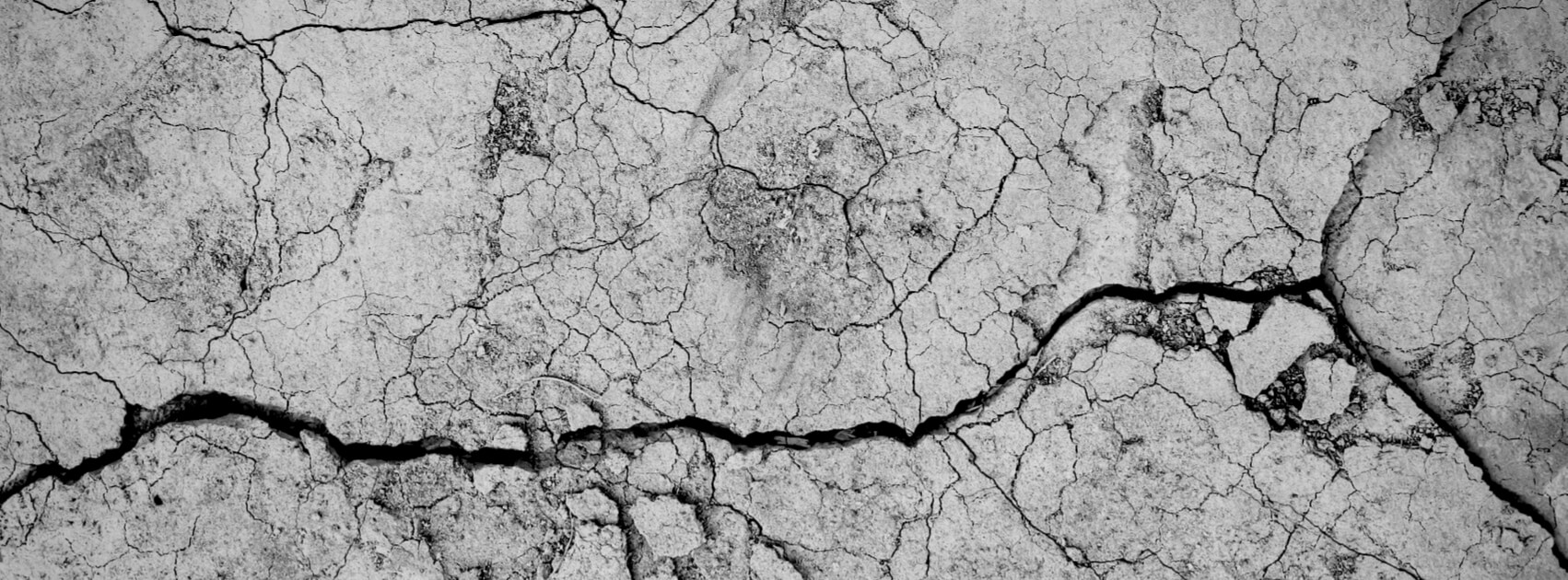Moisture in concrete is a leading cause of concrete flooring failure. When poured, water vapor rises from the bottom of the slab to the surface and then evaporates. However, this moisture mitigation creates relative humidity within the flooring causing failures such as cracking, debonding and microbial growth. Thus industry accepted testing is a must.
The Standard Test Method for Determining Relative Humidity in Concrete Floor Slabs Using In-Situ Probes, or ASTM F2170, recently revised its method of standardized testing to determine relative humidity.
According to ASTM, when builders don’t allow the slab enough time for the moisture levels to reach equilibrium, floor coverings fail. In-situ probes, the industry’s new standard, efficiently measure concrete for moisture mitigation faster than ever before!
Said updates reduce the mandatory wait period to determine documentable results of the relative humidity (RH) in the floors from 72 to 24 hours. Why? Recent studies confirmed that the readings obtained in 24 hours were statistically equal to readings taken at the 72-hour mark. This two-day reduction allows contractors to accelerate their construction projects saving you time and money!
How it works:
In-Situ Probes provide RH measurements at 40% of the concretes depth producing a composite picture of the overall slabs moisture. In-Situ testing places sensors inside the concrete itself. As it dries, moisture moves towards the surface and evaporates thus, levels at the bottom read higher than those at the surface.
RH in concrete and ground moisture fluctuate with environmental changes, so it is best to call in trained professionals to make sure you get the job done right!
Zenith Painting and Coatings is here to help! Zenith provides accurate concrete moisture test services and should any issues arise; we will offer several control coating solutions to correct those problem areas.



